A Reader Asks: I think my day-neutral strawberry plants are really everbearing. They don’t produce like I thought they would. Did I get the wrong type?
From time to time, we get this question. A home grower bought and planted Day-Neutral strawberry plants, but during the growing season, they’ve performed like everbearing strawberries.
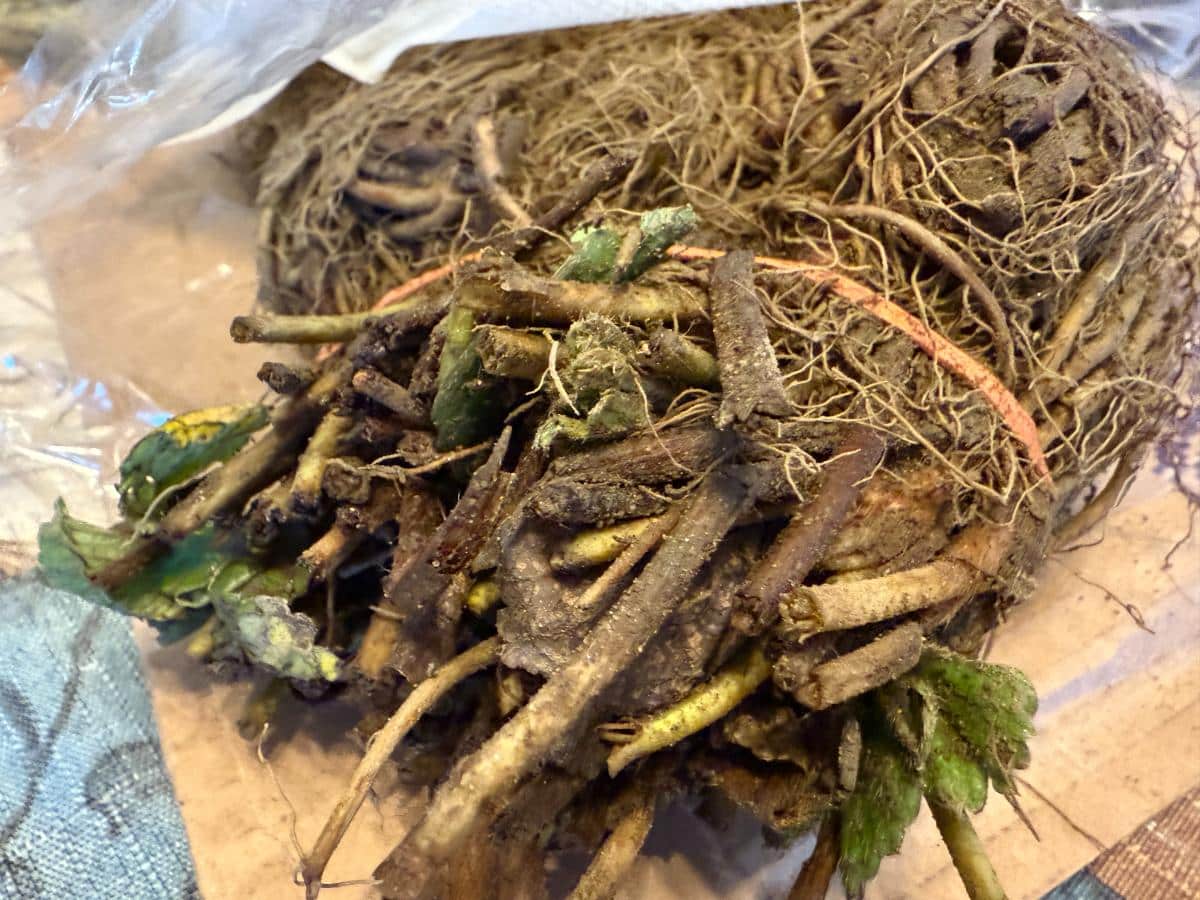
It’s a frustrating situation when you plan for one type of strawberry plant and you get another.
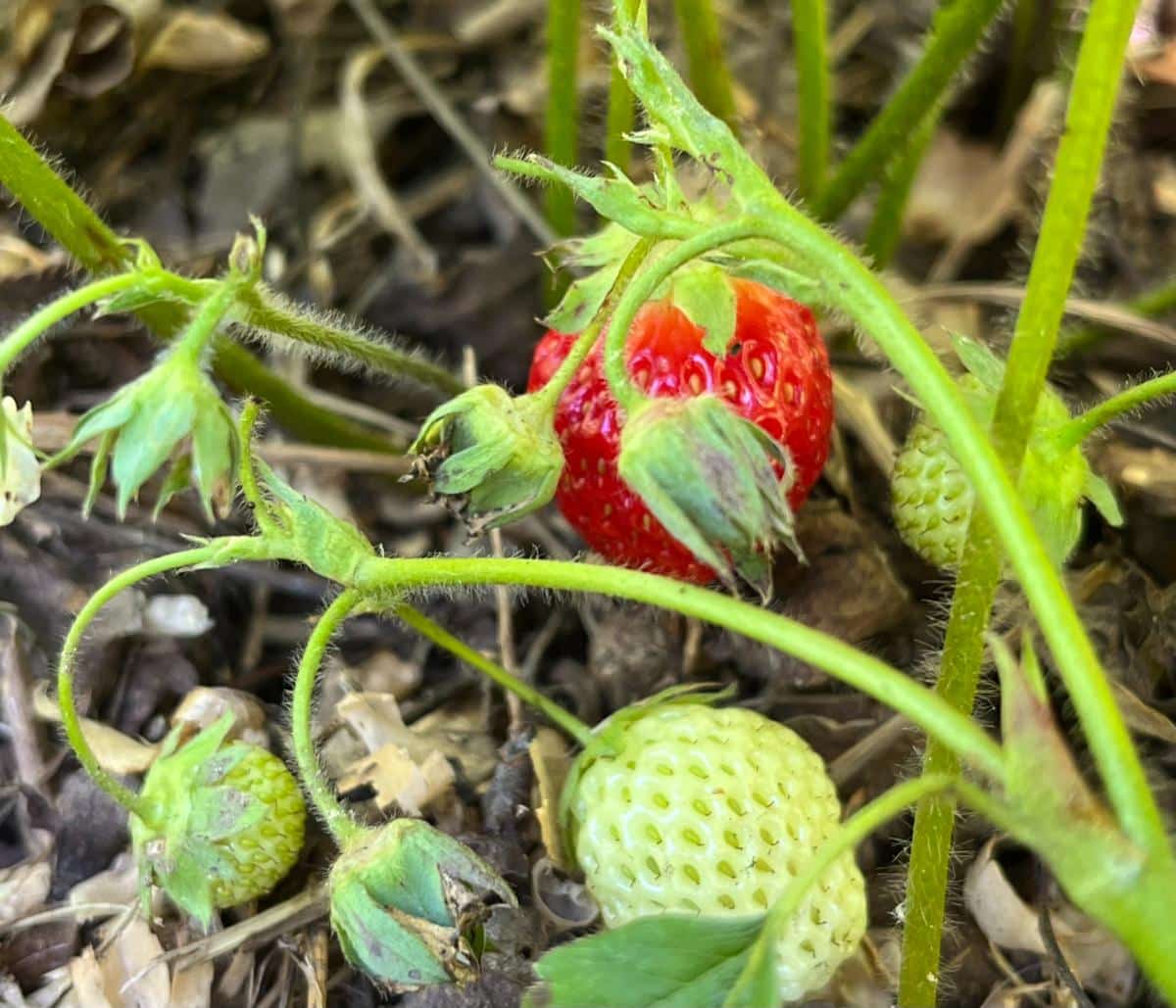
But there is hope, too. More than likely, there is nothing wrong with your day-neutral plants. There’s a solid explanation for why day-neutral strawberries sometimes act and perform like everbearing varieties.
Jump to:
Everbearing Strawberry Performance vs. Day-Neutral Plant Performance
First, it helps to know this: Day-neutral strawberries basically are everbearing strawberries.
Day-neutral strawberries are improved everbearing strawberries — they’re related!
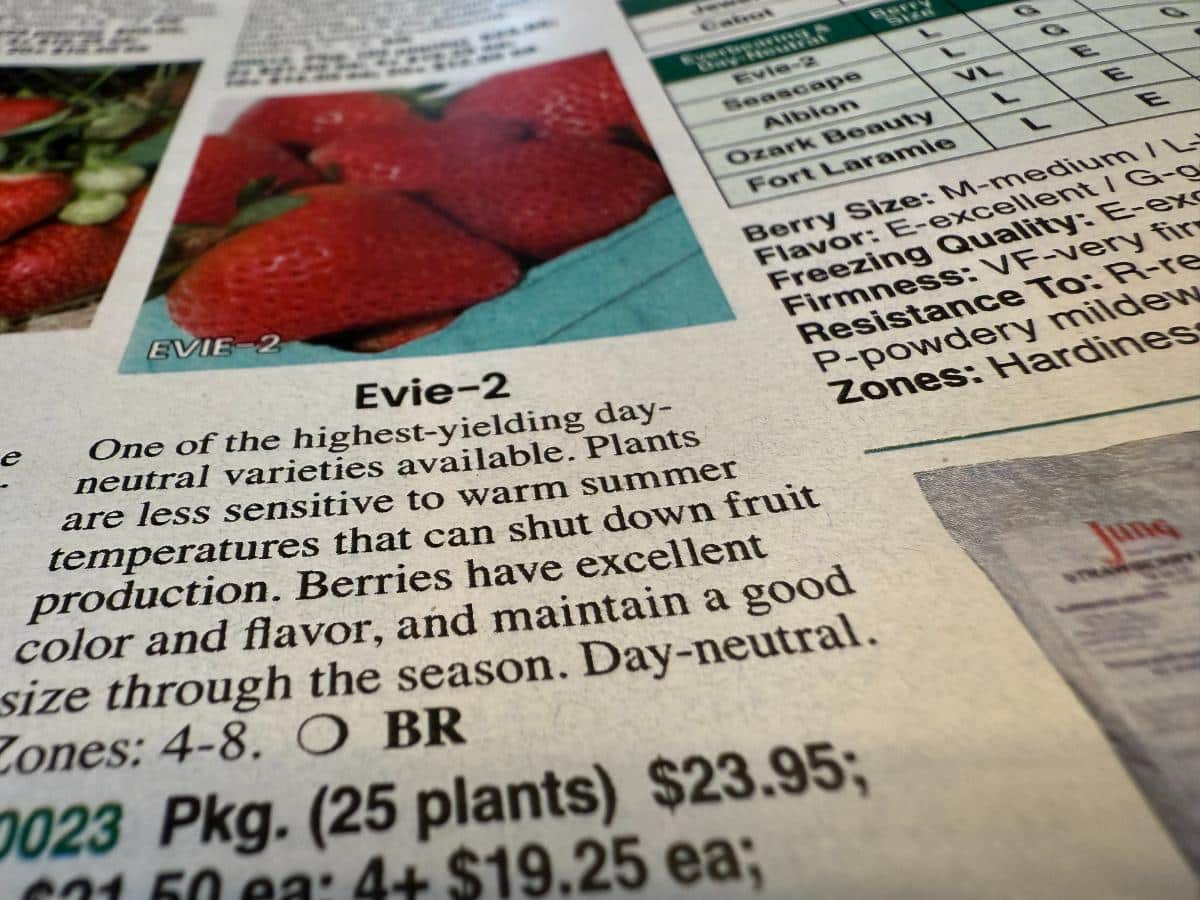
Day-neutral strawberry plants are plants that were developed from everbearing strawberry plants.
They are considered an “improved” variety. They came from everbearing strawberries and are hybrids that were crossed and selected for their ability to produce a mostly continuous crop from late spring/early summer through the fall, up until frost and cold weather hit. (You might even get berries after frost if the frost was mild and warm temperatures return).
Day-neutral strawberries don’t think much about daylight or day length
The biggest difference between everbearing strawberries and day-neutral strawberries is that day-neutral strawberry plants don’t take their natural cues from daylight or day length. Once conditions are right and they start producing in a season, they will continue to produce until the conditions get too cold.
Something day neutrals do respond to, though, is temperature. (This is your first hint to our answer!)
And so, day-neutral strawberries just keep going, all summer long, and you get many months of harvesting out of them — up to six, and sometimes more.
“Everbearing” are more like “twice bearing” plants
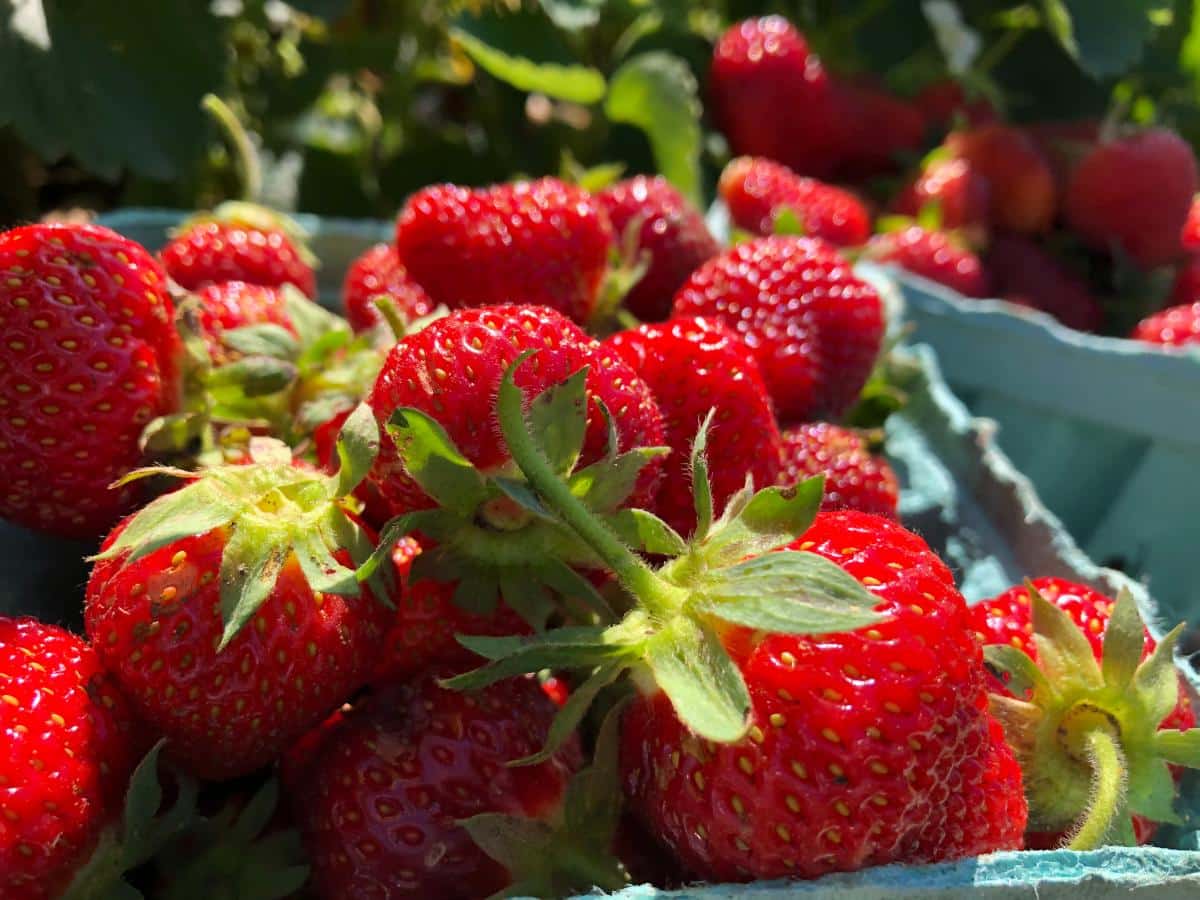
Everbearing strawberries are similar, but they do respond to daylight and day length and use that light as a signal for when to produce flowers and fruit. However, everbearing strawberries have at least two harvest periods — one in early summer and one in late summer or early fall. You may get some trickling berries in between, but we don’t usually count on everbearing strawberries producing in between the two harvest times.
We do, however, expect day-neutral berries to produce the whole time in between (even if the first and later flushes are somewhat larger, which can also happen with some day-neutral varieties).
So, did the reader receive the wrong type of strawberry plants?
Did the seller mismark the plants or send them everbearing when what they ordered or bought were supposed to be day-neutrals?
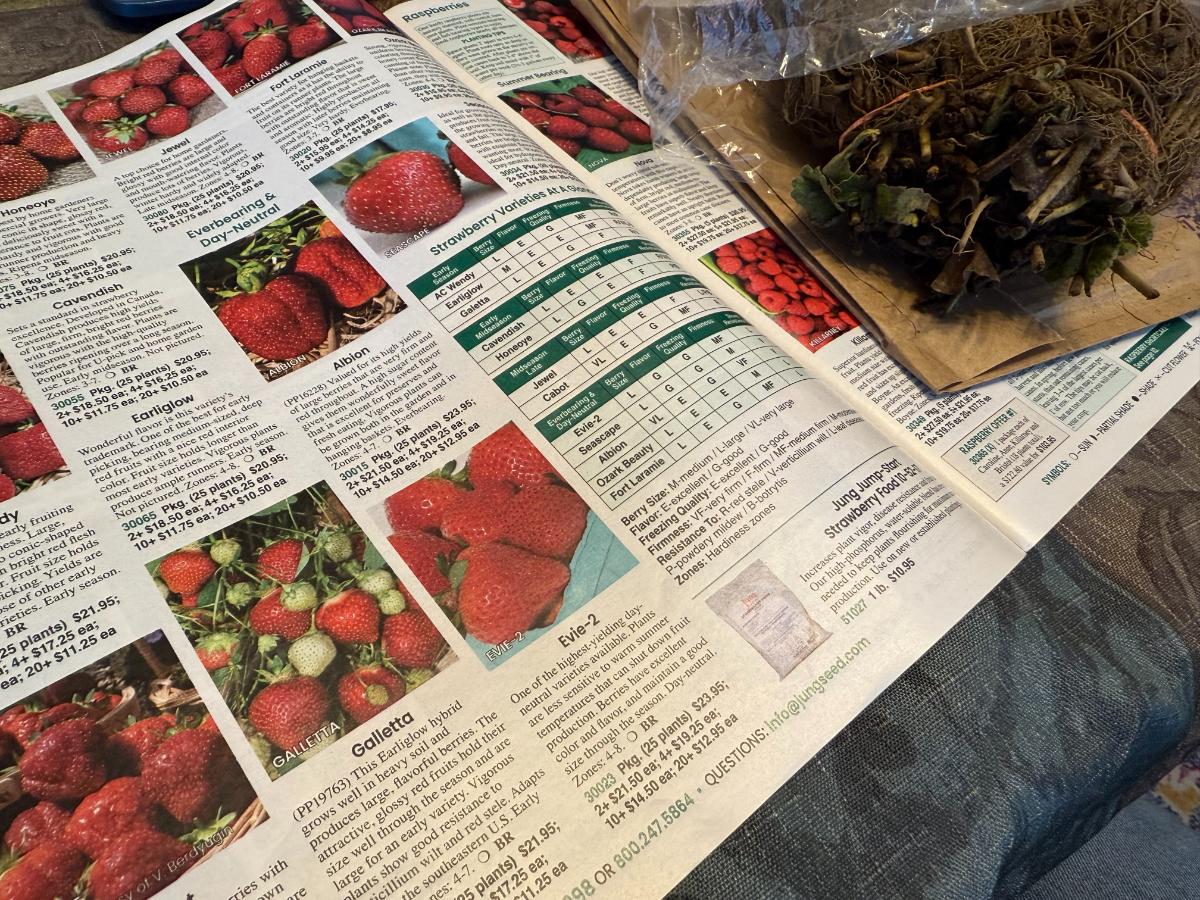
The first reaction when your plants don’t do what they’re supposed to do is to think that the seller sent or sold you the wrong types of plants. Maybe the labels were wrong. Maybe the plants were mismarked as day-neutral when they were really just everbearing. Or maybe they packed the wrong type of plants before they were shipped.
This is a fair assumption if your strawberries are performing like everbearing. And to be sure, there must be instances where that has been the case, especially at big box types of stores or places where the sellers are not the growers and/or are not well versed in the differences (or don’t even know there is a difference).
More often than not, though, that’s not what happened. More often than not, nature took over, and the plants really are day-neutral plants, and they are reacting in a perfectly normal response for day neutrals.
High heat and temperature are more likely the culprit here!
Though day-neutral plants don’t respond much to daylight and day length (as long as they have at least six to eight hours of light), they do respond to temperature.
More specifically, day-neutral strawberries respond to high temperatures.
As long as they are within their comfortable temperature range, they will continue to produce.
They do better in cooler periods of the growing season and/or under fairly consistent conditions.
But they don’t do well in high heat.
The ideal growing range for day-neutral strawberries, and hence the ideal fruit production range, is between 45 and 85℉ (7 and 29℃).
So, if your temperatures hit and remain above 85℉ (29℃), they will shut down production.
Once temperatures fall back into their comfort zone again, your day-neutral plants should start to produce again, and they should continue to produce for as long as they stay steadily in that range.
You might not notice a shutdown if the heat wave only lasts a day or two, but if it goes on for several days or longer, you’ll probably see a drop and, potentially, a full stop for a while.
What can you do about day-neutrals acting like everbearing plants?
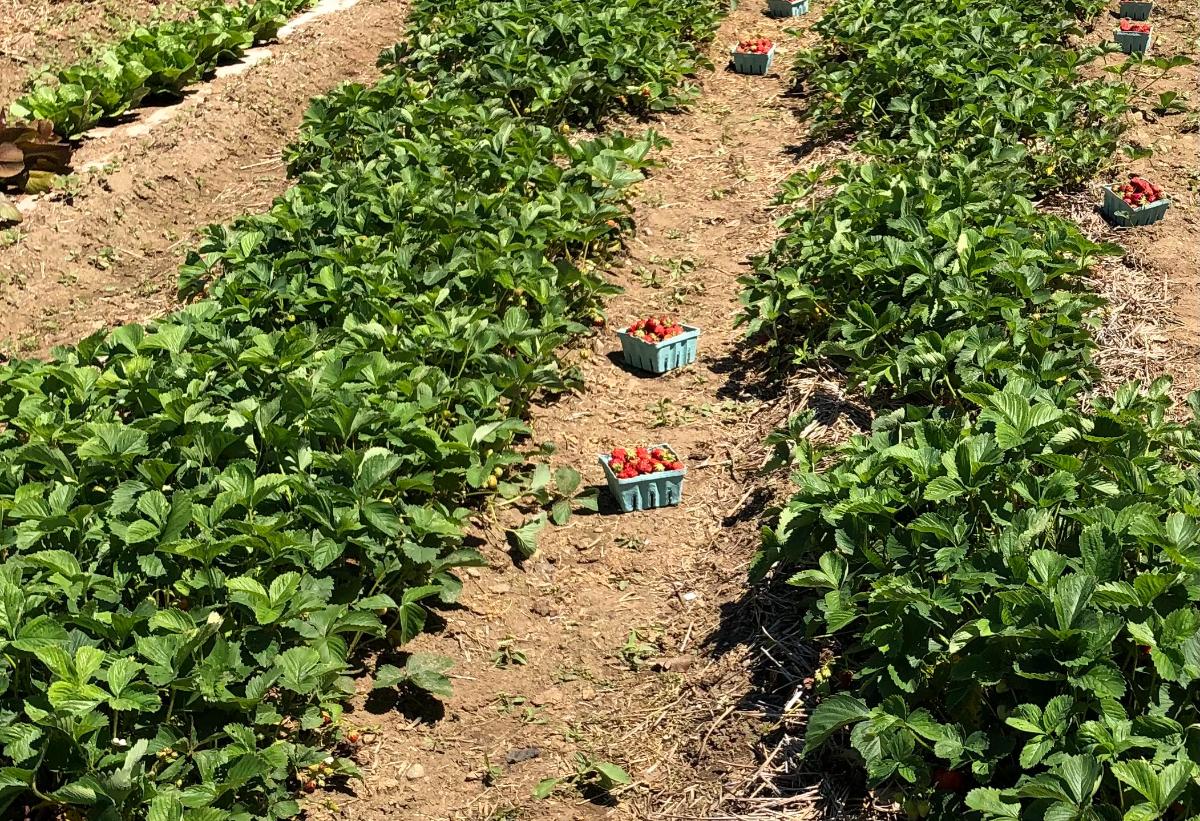
We don’t recommend taking any action, at least not at first.
First off, the plants are not truly reverting to being everbearing; they’re just responding naturally to the weather you’re having this year. In future years, if the temperatures are more moderate, or even later in this season, your day neutrals should return to production and continue to produce for as long as the temperatures remain in the range of about 40 to 45 through 85 degrees.
Two options
You have basically two options if you’re not happy with the performance of your day-neutral strawberries (perhaps three).
- Wait out the situation
- Replace the variety
Our recommendation is to wait until next year before you decide to replace the variety because if the weather is just too hot, the odds are that a different day-neutral variety just isn’t going to do any better.
It’s smarter to wait the year out first, see if it happens again, and then think about replacing the plants.
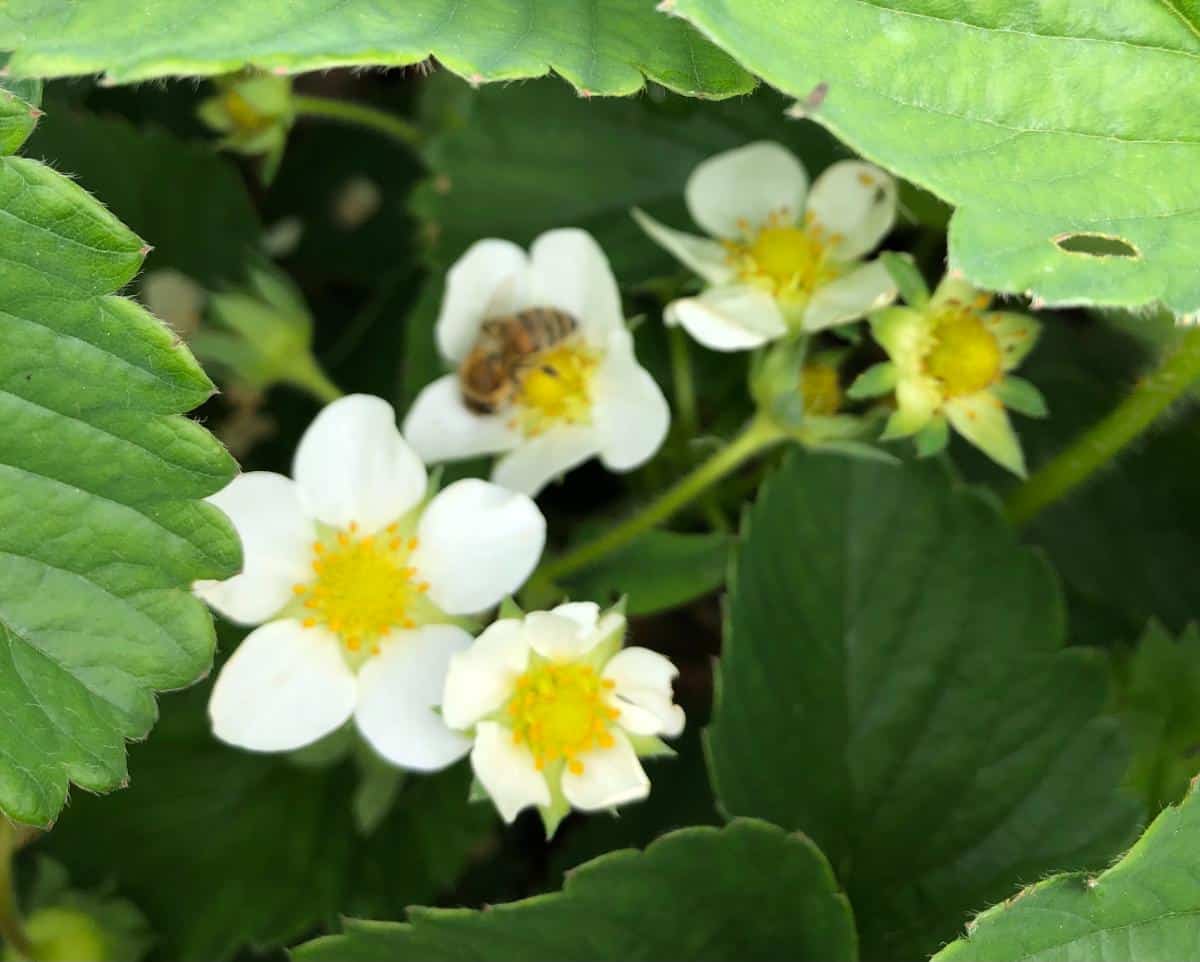
You don’t have to “replace” the plants per se, either. Maybe instead of wasting what you have, try adding some more day-neutral plants of a different day-neutral variety to the patch. See if what you add performs more in the way that you want it to.
At least give what you have a fighting chance since we can’t predict or control the weather — and it’s been more and more unpredictable. In many cases, it’s hotter these days! Don’t spend more time, money, or work until you know you really need to.
Even with high heat stoppages, you should still get flushes of berries when the temperatures are cooler, such as early and late in the season.

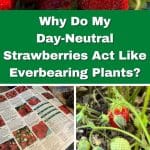
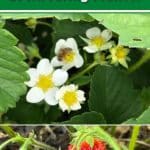

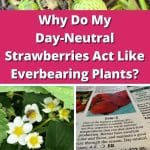

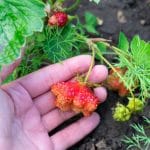
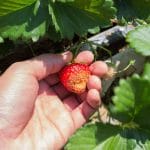
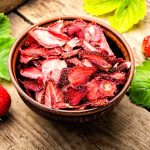
Leave a Reply